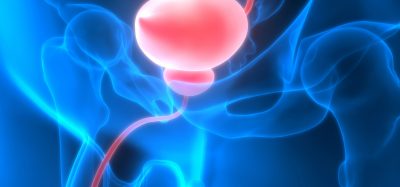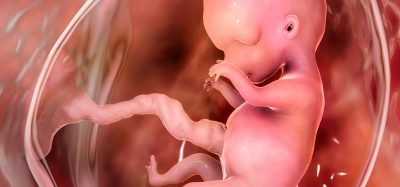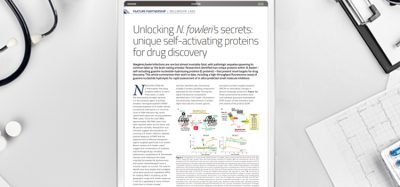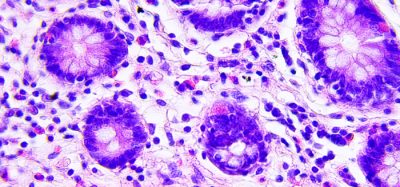Transcription factor source for customised stem cell programming
Posted: 1 December 2020 | Hannah Balfour (Drug Target Review) | No comments yet
Researchers have found a way to systematically extract various cell types from induced pluripotent stem cells and made their transcription factor source accessible for other scientists.
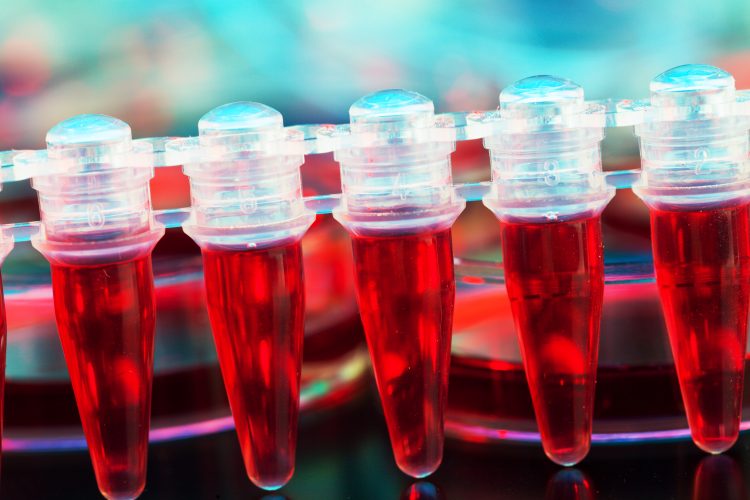
Induced pluripotent stem cells (iPSCs) have the potential to convert into a wide variety of cell types and tissues for drug testing and cell replacement therapies. However, until now, the methods to drive iPSCs to differentiate into a desired tissue have often been complicated and difficult to implement. To overcome this, researchers at the Center for Regenerative Therapies Dresden (CRTD) at TU Dresden (Germany), Harvard University (US) and the University of Bonn (Germany) found a way to systematically extract hundreds of different cells quickly and easily from iPSCs using transcription factors. They demonstrated the potential of their method on three cell types, including neurons, connective tissue and blood vessel cells.
“Most differentiation protocols are very laborious and complicated. It is not possible to obtain different cell types from iPSCs simultaneously and in a controlled manner in a single culture,” explained Professor Dr Volker Busskamp, who works at the Eye Clinic and the ImmunoSensation2 Cluster of Excellence at the University of Bonn, the Excellence Cluster Physics of Life (PoL) and at the CRTD at TU Dresden.
He said the aim of the collaborative research was to replace the complicated procedures with simple “recipes”. Using a large-scale screening process, the researchers found a total of 290 DNA-binding proteins that quickly and efficiently reprogramme stem cells into target cells. The team showed in their study that a single transcription factor is sufficient to derive differentiated neurons, connective tissue, blood vessel and glial cells from the stem cells within four days.
In the paper, the researchers report how they introduced the DNA sequence for the respective transcription factor and other control elements into the stem cell genome. Once a transcription factor had caused some of the transgenic stem cells to be converted into differentiated cells, the team used markers to distinguish and automatically sort them from the stem.
![Parallel conversion of induced pluripotent stem cells (iPS) into vascular, nerve and connective tissue cells: Three transgenic iPS lines, in each of which a different transcription factor can be activated, were mixed and induced to form a defined synthetic tissue within four days. Vascular cells are stained yellow, nerve cells magenta and connective tissue cells blue [Credit: © Jesus Eduardo Rojo Arias und Volker Busskamp].](https://www.drugtargetreview.com/wp-content/uploads/Parallel-Conversion-Of-Induced-Pluripotent-Stem-Cells-333x250.jpg)
Parallel conversion of induced pluripotent stem cells (iPSCs) into vascular, nerve and connective tissue cells: Three transgenic iPSC lines, in each of which a different transcription factor can be activated, were mixed and induced to form a defined synthetic tissue within four days. Vascular cells are stained yellow, nerve cells magenta and connective tissue cells blue [Credit: © Jesus Eduardo Rojo Arias und Volker Busskamp].
In their investigations, the researchers also explored how much of a certain transcription factor was present in the differentiated cells compared to the stem cells. “The greater the difference, the more important the respective transcription factor seems to be for the conversion of iPSCs into differentiated cells,” explains Busskamp.
The researchers tested a total of 1732 potential transcription factors on three different stem cell lines. They found 290 different transcription factors caused the iPSCs to differentiate. According to the team, 241 of the factors they identified had not previously been known to cause iPSC differentiation.
“The advantage of the identified transcription factors is that they are able to convert iPSCs into body cells particularly quickly and easily and that they can potentially also be used to form more complex tissues,” said Busskamp. He added that, with the new methods, what once took weeks or even months can now be achieved within days, using just a single transcription factor.
“These results open new possibilities,” said Professor Dr George Church of Harvard University. “The variety, simplicity and speed of stem cell programming using transcription factors makes stem cell research possible on a large scale. Worldwide, 50 other groups are already working with our programmable stem cell lines and with the transcription factor library.”
Researchers can use the transcription factor source through the non-profit organisation Addgene, the study was published in Nature Biotechnology.
Related topics
Analysis, Cell Cultures, In Vitro, Small Molecules, Stem Cells
Related organisations
Center for Regenerative Therapies Dresden (CRTD) at TU Dresden, Harvard University, University of Bonn
Related people
Professor Dr George Church, Professor Dr Volker Busskamp




